The email design process evolves every year, and this is not surprising. Marketers always strive to optimize routine processes and allocate free time for new tasks, which creates a demand for convenient tools and methods for creating emails. Snippets and modules are just such a tool. They are a part of a modular email design, which is one of the main trends in email marketing. However, what are snippets? How are modules different from snippets? What benefits and advanced capabilities do modules bring to marketers' processes? The answers to all these questions are the central topic of this article.
Our path to modular email design
Snippets and modules didn't just appear out of nowhere. They are part of the systematic development and creation process of emails. Before we go into detail about the main topic, it's worth briefly going through the entire path of email evolution to understand how and why we came to snippets and modules.
- In the early days of the email evolution, all emails were in plain text, which was such a simple construction that it was impossible to insert a link. It had to be left at the end of the text. Most current personal emails are similar to their old predecessors. The only difference is that today, you can insert links directly into the text.
- Custom HTML coding was the next step, and its creation was closely tied to knowledge of HTML markup and programming, which raised the barrier to entry into email marketing and took time. As a result, there was a demand for simplification (even though there are skilled email marketers who still code emails from the ground up or customize email templates created in drag-n-drop editors).
- WYSIWYG editors were the answer to the demand for simplification, as they instantly reflected changes made to emails. However, creating emails still required technical knowledge, and the road to better email design was still long. Interestingly, WYSIWYG editors still have their place, as they fit mostly B2B business-type emails really well.
- Drag-n-drop editors are the next step in email design, designed to free marketers from having to understand the code to create emails. Simply drag the necessary elements of the email into the editor and get an email. However, making each email from scratch or using pre-built templates from a library (which often are a part of these editors) makes the design process time-consuming, especially when there’s a need for several distinctive emails with different designs, as each one of them must be assembled from scratch. In addition, changes in the design in one place of the email entail the need to change other places. That's why the world began to make master templates. There is everything you need there. But they are inconvenient to work with because they are long. And every time you want to put together a new “skyscraper” from modules, you have to disassemble this master template skyscraper into bricks.
- Modular email design is where things are headed now and will help make a big leap in the future development of email creation (which we’ll talk about briefly later). A module is like a warehouse of bricks since you have already disassembled the “skyscraper” into bricks, as mentioned above. Every time you create your emails, you simply take the necessary bricks from the warehouse to the construction site (your email) to build a new “skyscraper.”
What is the whole point of modular email design, aka modules? The point is that a module is a customizable element that you can create or edit in advance and then use as you see fit and as often as you want. It could be a header, footer, product card, banner, or any other email element. Essentially, it is a ready-made brick in a constructor from which an email is assembled. The main idea behind modules is content repurpose. You create an element once and then use it many times in other email campaigns.
This is the basic concept of modules, which branches out depending on what you use: snippets or modules. Now, it’s time to move on to our main heroes of the article.
What are snippets?
Let’s start with the basics and what every marketer who has ever used modules in the process of creating emails works with. Snippets are basic modules and essential elements that are designed for easy reuse of created content, ranging from simple buttons to entire pieces of emails with texts, pictures, and banners. You save your creations as modules, and create a library for future email campaigns.
These are the very same building blocks of the constructor. Despite the fact that they can be reused and customized, this is where their capabilities end.

Despite the apparent limitations and simplicity, snippets carry many benefits that make marketers' lives much easier.
Benefits of using snippets:
- snippets do not require tech skills, so they are easy to use, reuse, and customize;
- any email element can be saved as a snippet for future content repurposing;
- snippets save both your time on creating emails and resources on future email campaigns, as every element you need is saved as a snippet and can be reused as many times as you want;
- snippets provide tools for easier brand consistency maintenance, as all your snippets already include your design rules, so all future email campaigns made with snippets will have them too.
Looks pretty basic, doesn't it? And it seems like everything you need for a convenient email design process is already there. However, even snippets have undergone their own evolution.
What are modules?
Next in line are modules. Although we have repeatedly used this term above, and it can be confusing, now everything will fall into place.
Modules are more advanced snippets (email elements) that take the ideology of the modular email design itself to a new level. They have more extensive capabilities that are provided to marketers. While snippets are bicycles that are easy to master and perform their tasks as a vehicle, modules are full-fledged cars that also carry you, but you need to learn how to drive them. But once you learn, great opportunities will open up for you.
Benefits of using modules
Modules retain all the benefits of snippets that we discussed but also have many advanced features that significantly boost the email design process. The following features represent some of the essential benefits of modules:
Synchronized modules for bulk updates
Many marketers have encountered a situation when they need to update some element of an email or the data in it (for example, a link to a product page or an image in a banner), and there are several dozen such emails. Manual updating will take a lot of time and turn into a headache.
Modules offer an easier and faster way thanks to synchronized modules. This is one of the built-in features of modules, thanks to which when you change one existing synchronized module in one template or email, these changes are automatically applied to all other templates or emails in which this module was used.
This may sound complicated, but it is actually very easy. For instance, when saving a module in Stripo, you have a choice to save it as synchronized by activating the dedicated switch.
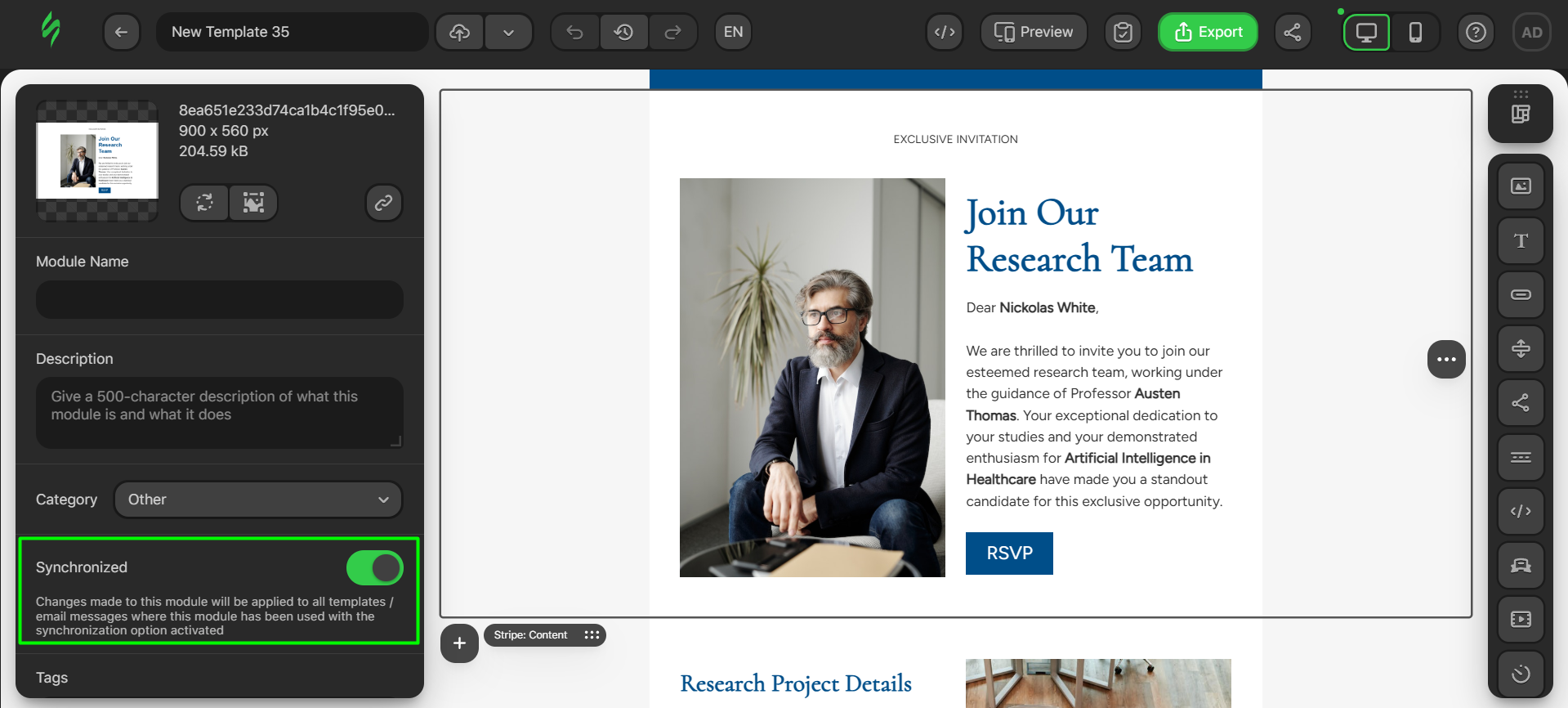
Once saved, this module receives a special mark that displays its synchronized feature. To turn it on, there is a synchronized module switch. Once flipped, all changes made to this module will be applied to all templates with this module in your library. For example, changing the image in this module will change the image in all emails that use this module.
Another benefit is that you can turn this feature on to make your module monolith again by simply activating the switch.
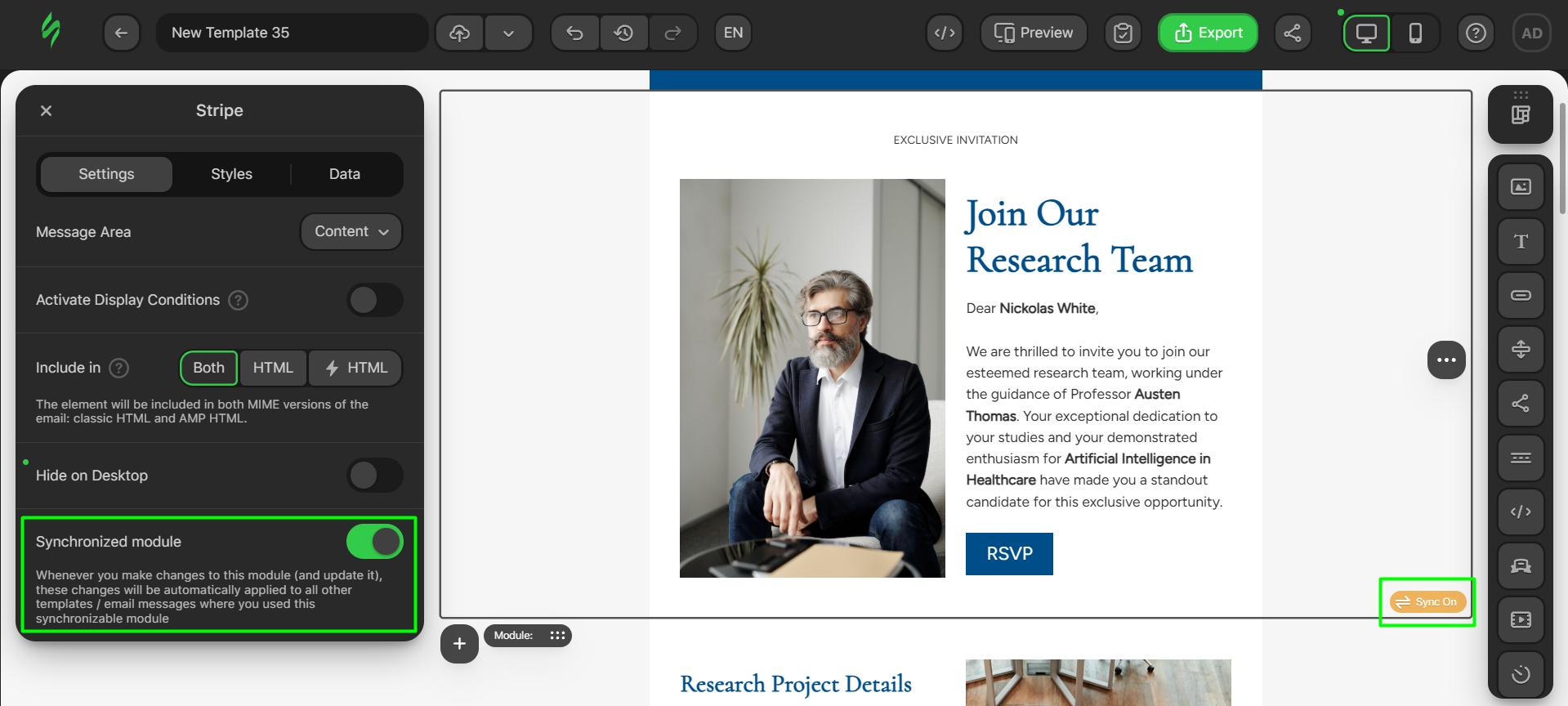
Automation of email production with smart modules
This feature is a real lifesaver for e-commerce, but in general, it can be useful for marketers who often transfer data to email. Previously, any product card had to be created manually. The product title, description, price, and photo had to be transferred from the website by hand. This could lead to typos and other minor imperfections.
Smart modules allow data to be loaded from sources directly into the module. A smart element is a structure, container, or stripe in which all the same basic blocks are present, such as Image, Text, and Button blocks; however, for these, the option of obtaining data via variables from external sources is activated. This feature is not only valuable for creating modules but also for updating them, as the process of obtaining and updating data from the source is the same.
For example, we have a listing with this new guitar that we need to make a product card with in our email. Transferring all the data manually (image, title, description, price) is a way, but there’s a better solution.
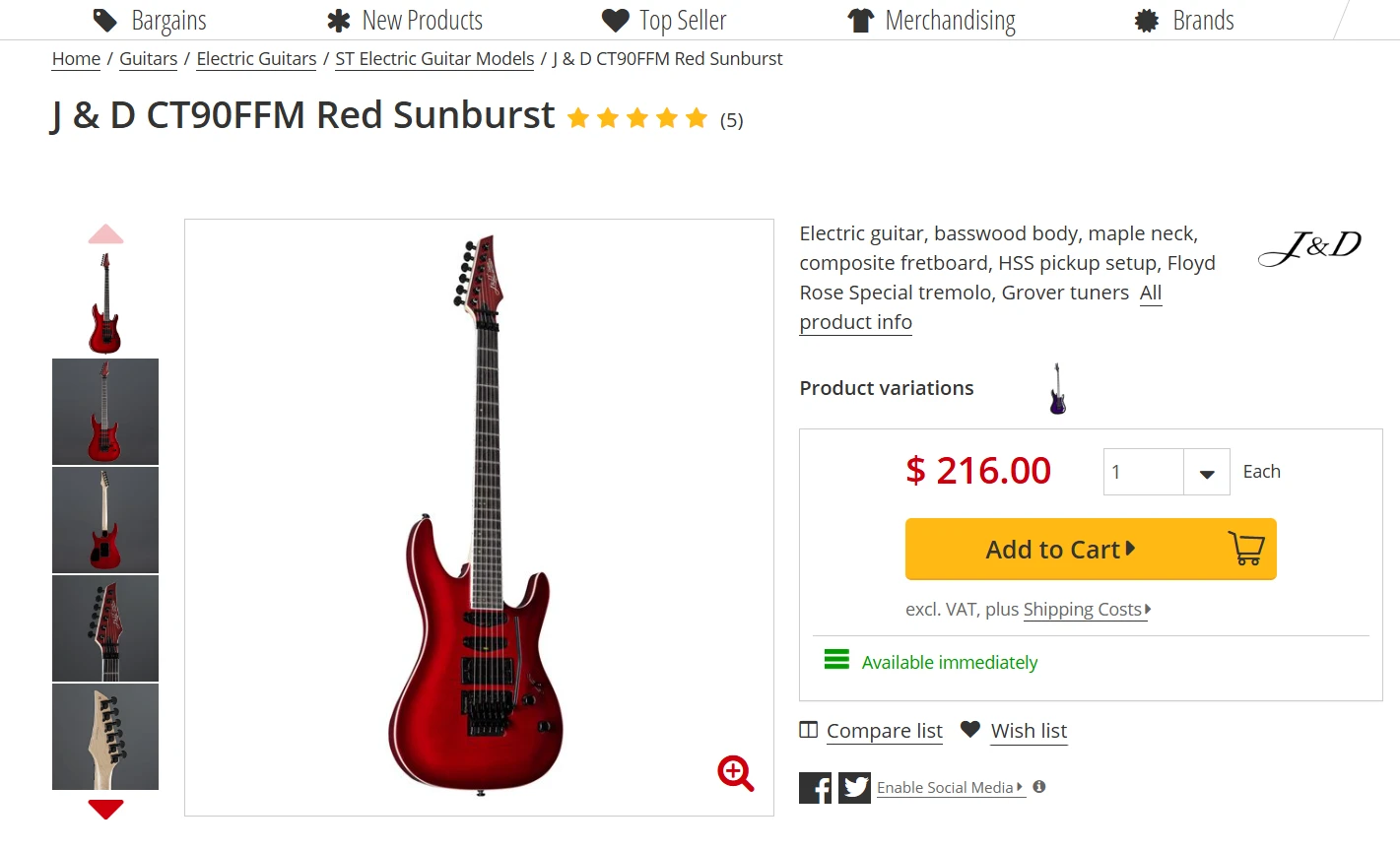
Pasting the link on this product item in your smart module will allow you to take the main information from the page directly into the module.
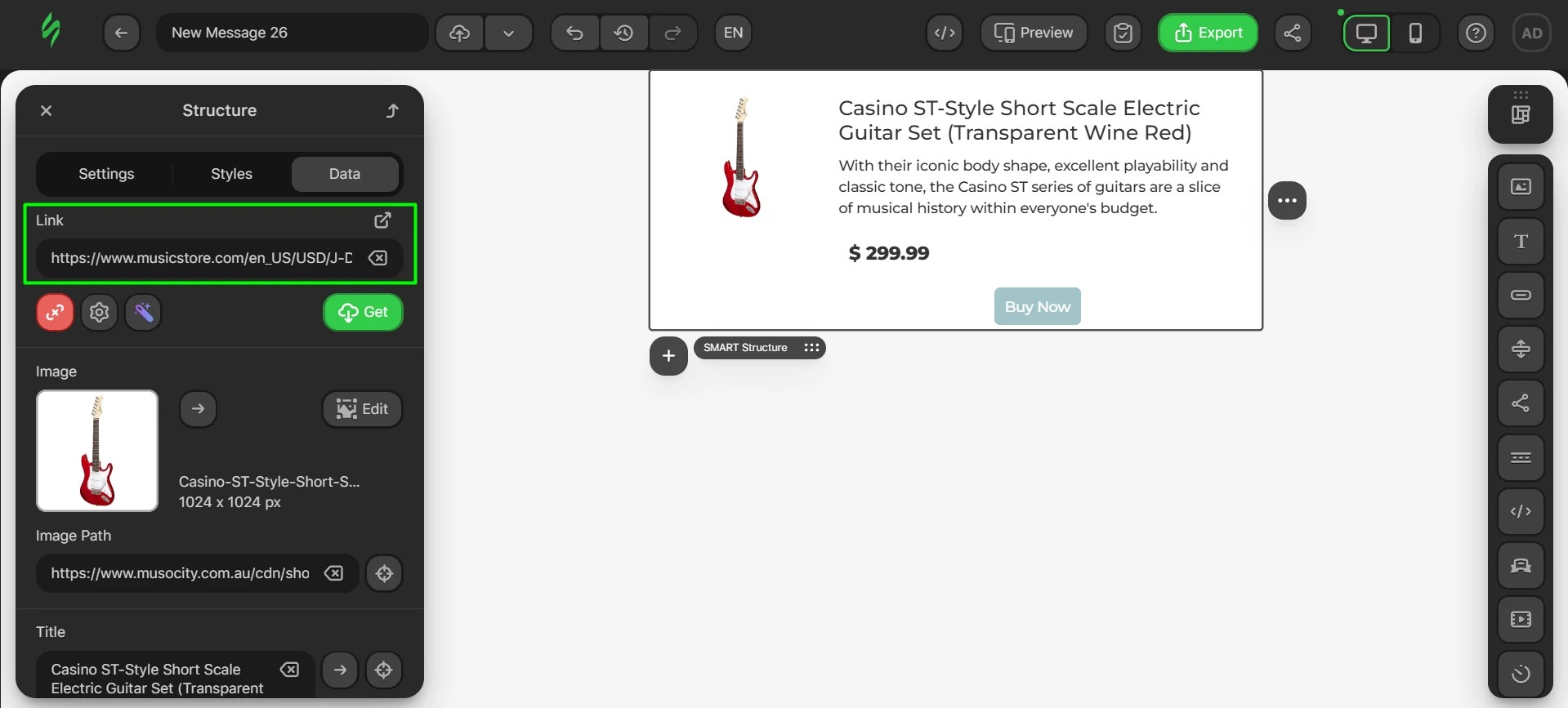
And voilà, our product card module is updated with the new information.

Important note: Since smart modules work with parameters and can be searched for on the web page, there are cases when some info can’t be extracted right away since pages may use parameters that differ from the standard ones. We showed how to fix this problem in our article about product card modules. Read the “Smart elements: What are they, and how to use them?” section to see how easily this nuance can be solved.
Smart modules can also be tweaked using AI. For example, you gathered the data into your product card. However, the text on your card seems a bit dry. Just like in the example below.

Clicking on the whole structure will open its settings, and it's vital to open them in order for AI to grasp the whole context and give you relevant texts with the right terminology and so on.
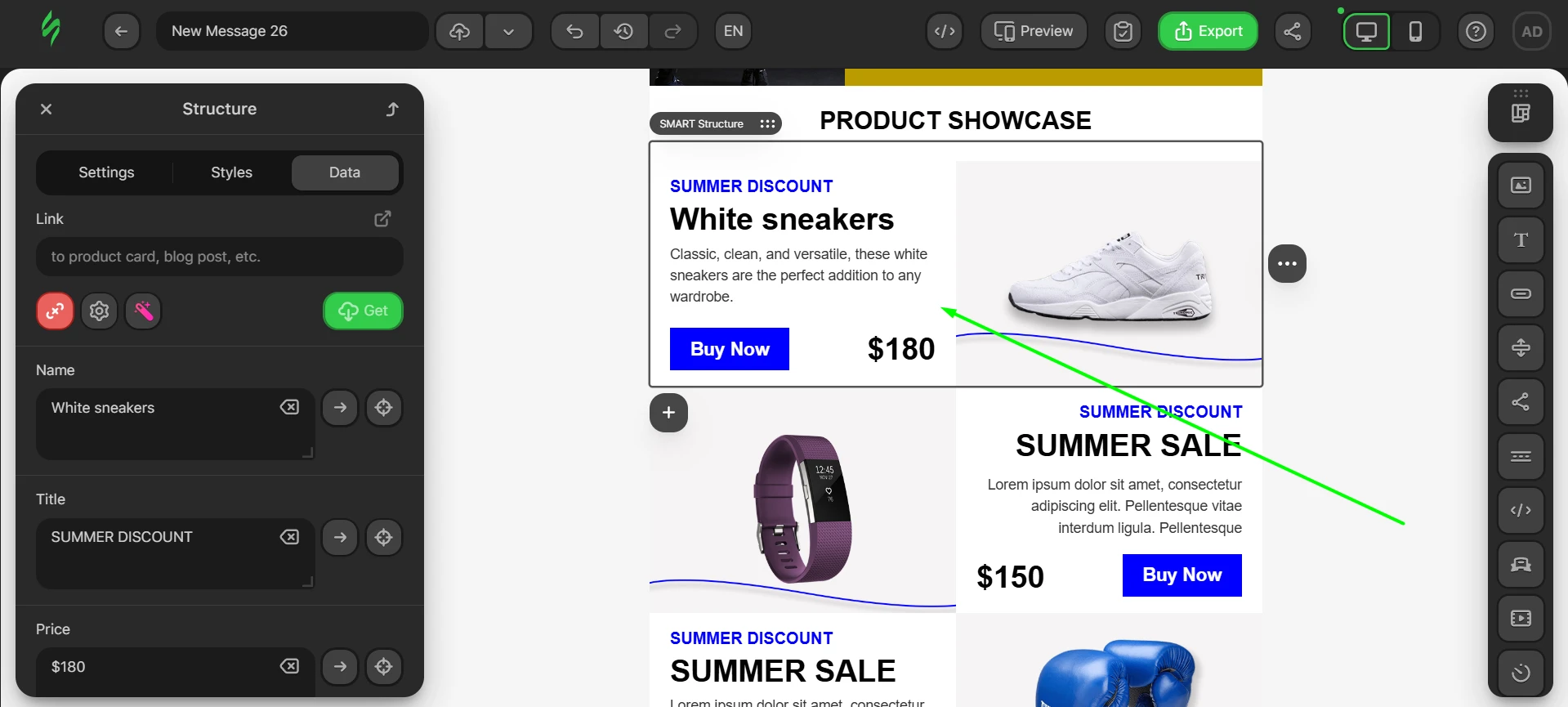
To optimize texts within this structure using AI, merely click on the magic wand button and wait a few seconds.
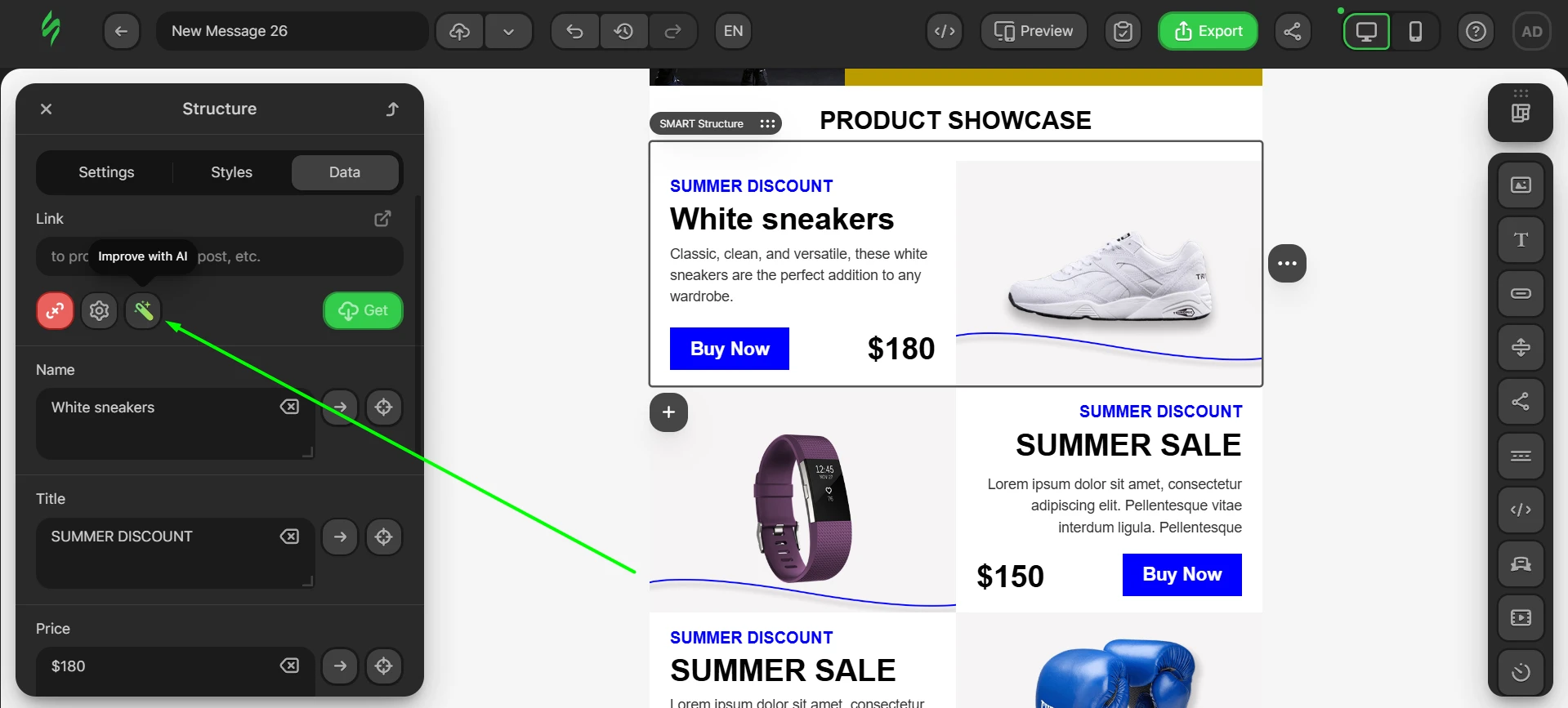
Once AI is done, you’ll have updated texts that are more unique and engaging.

Locked design (coming soon)
Another smart module feature is the ability to “lock” the design. After creating a module with all its styles and design solutions, you have the ability to “lock” everything. This means that no matter how many times you update the data in the module, the main design elements will remain unchanged. Thanks to this feature, modules always retain their appearance and functionality.
Locked data (coming soon)
Smart modules can also be “locked” data-wise, which means that no matter how many times you change the look of your module, the data within stays unchanged. It’s a vital feature for emails where content within is valuable, but there’s time to update the visuals of your email campaigns.
Interactivity
Modules open the door for marketers to interactive content to increase the engagement of their email campaigns. According to surveys, 60% of recipients are likely to engage with an interactive email. However, creating interactive content is tricky, since it is necessary to come up with the engagement mechanics and to implement them with the help of technical knowledge. Not all marketers have enough technical knowledge to create an interactive experience. This is where modules come to the rescue.
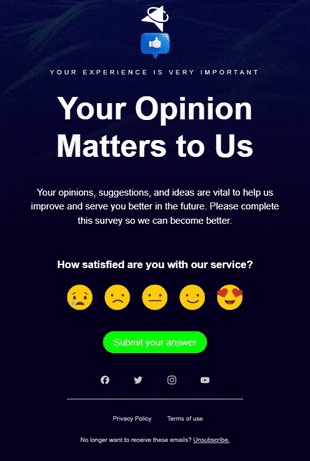
You can create advanced modules with AMP content (games, carousels, quizzes, and more), complemented by HTML code and fallbacks for email clients that do not yet support interactivity.
One of our goals at Stripo is to provide email marketers with various options for adding interactivity to their emails, regardless of their level of technical skills.
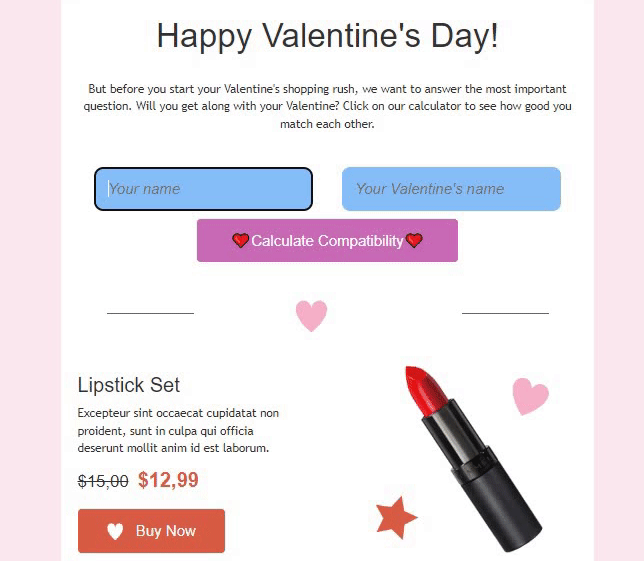
That’s why we created our Interactive module generator that allows marketers to generate various interactive elements (wheels of fortune, surveys, puzzles, and more) using a simple and intuitive interface outside of the Stripo editor. The finished interactive module will contain everything you need for its further use:
- an AMP version of your email that works in Gmail, Yahoo, and FairEmail;
- an interactive fallback that works on all devices and with all email clients that support HTML5 and CSS3 (it also works in Apple Mail and Samsung Email);
- a text fallback version that works with email clients that do not support HTML5 or CSS3, such as some Outlook apps.
Our generator is editor-independent, and therefore, the interactive modules created in it are independent units of content that can be used anywhere and in any way.
Dynamic content
Another advantage of modules is the convenience of working with dynamic content, which is a type of content that changes based on when or who receives the message. This allows marketers to send a single tailored message meeting each recipient’s needs and interests rather than sending multiple emails to each recipient separately. Dynamic content is based on display conditions, which are the parameters that allow you to dynamically change the content of the email displayed to recipients after sending, depending on whether or not the specified condition is met.
Dynamic content requires creating special display conditions code, which serves as a kind of script. For example, "If the recipient is female, show this content block."

You can create each display condition in the editor for each block as shown above or set them beforehand in the Project settings. Thus, you can prepare a whole library of display conditions and then choose them from the drop-down menu whenever you need them.
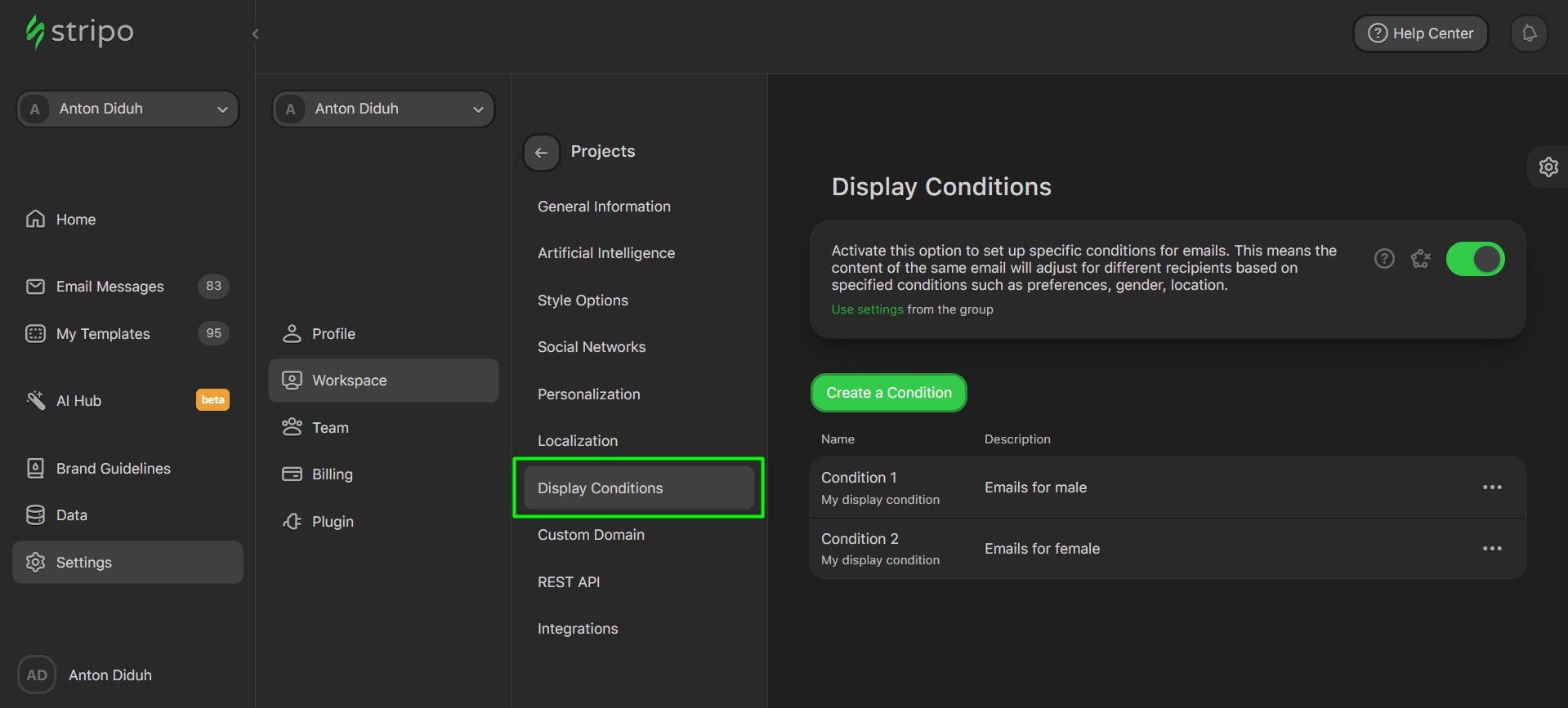
Important note: Each ESP has its own requirements regarding display conditions, how they must look, how they work (if work), and so on. So it’s vital to contact your ESP and clarify the conditions that you will need to pass into an email template.
Learn more about display conditions and how to customize them in our Help Center article.
Being an important basis for generating emails
GenAI is developing rapidly, and today, creating emails with AI is not a fantasy but a reality. However, GenAI does not create emails out of thin air. Modules are the cornerstone of generating emails. They serve as the necessary context for AI, allowing it to precisely direct its generative abilities. Modules clearly show AI what content, in what order, and in what layout the email should be, after which the magic of generation takes over.
Stripo keeps up with progress, and our AI Assistant is an example of this. This tool is integrated into our editor in a dedicated AI Hub, where you can generate emails with AI. It works using prompts that guide GenAI in its further email creation process.
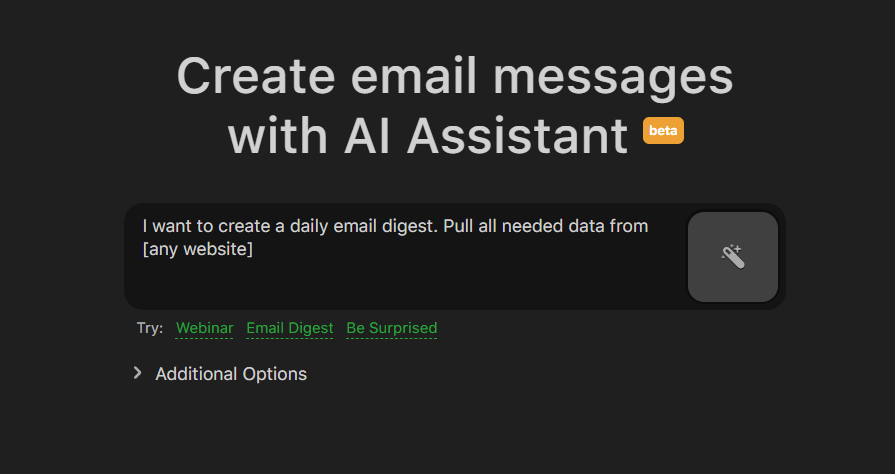
The whole process is split into three stages. At first, our AI Assistant provides you with an email sequence based on your prompt and additional options. You can add a title and description for each email in your sequence or go to the next step.
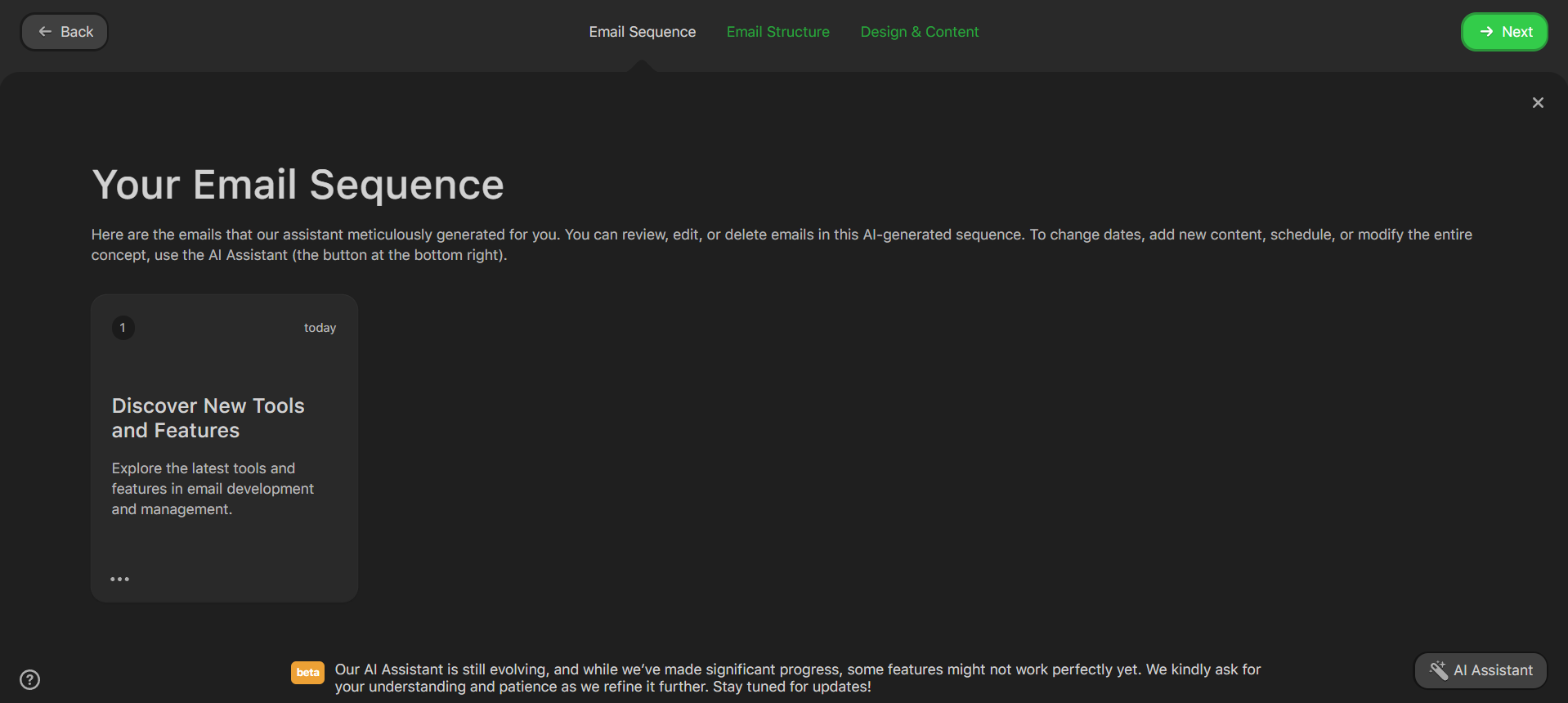
The next step is a basic layout of your future AI generated email. Each layout is split into modules with generated content that you can customize, change modules position, and so on.
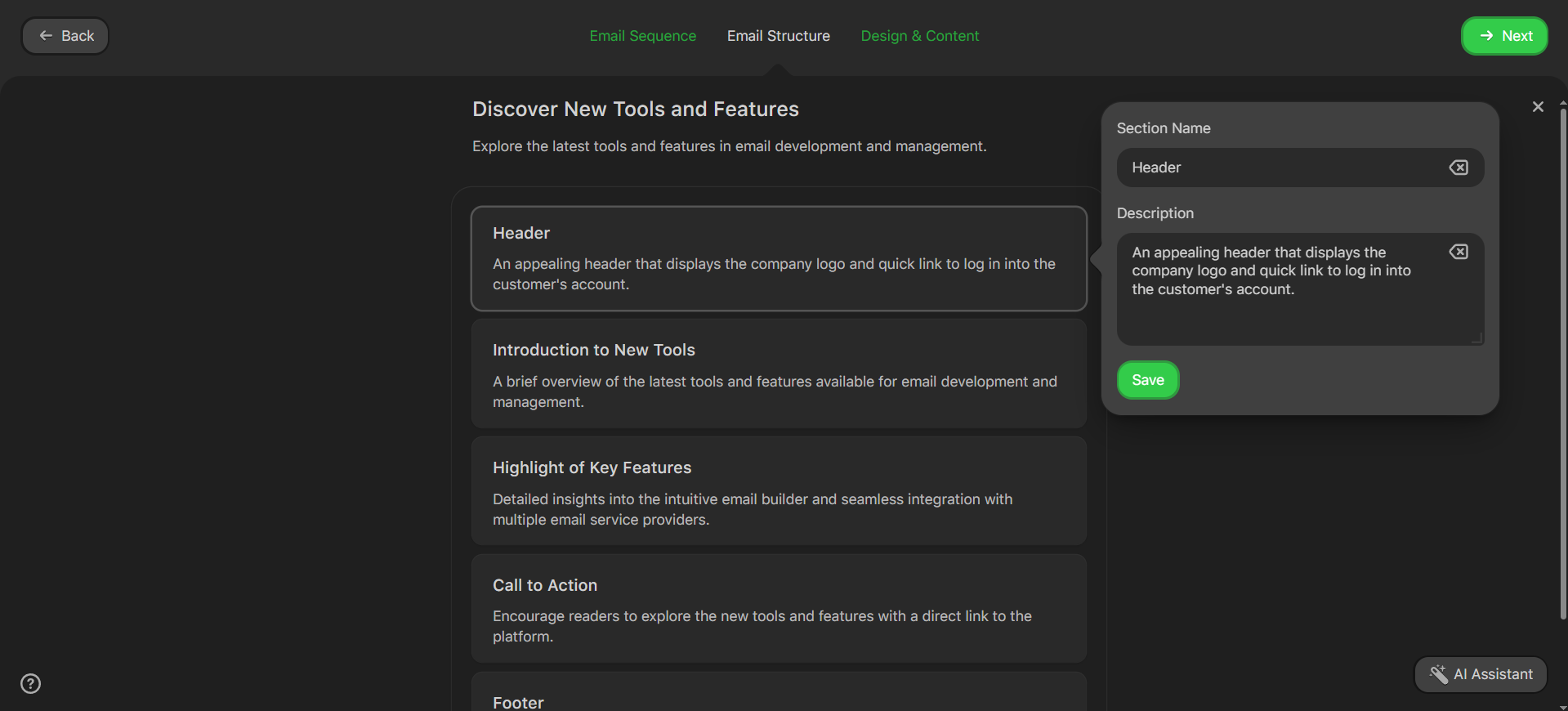
The last step presents you with a full-fledged AI-generated email where design and content are set in place as puzzle pieces. You can tweak the color palette, make basic edits to essential content, see the code of the email, and tweak it. Once you are done, you can save this email to your library and use it for email campaigns.
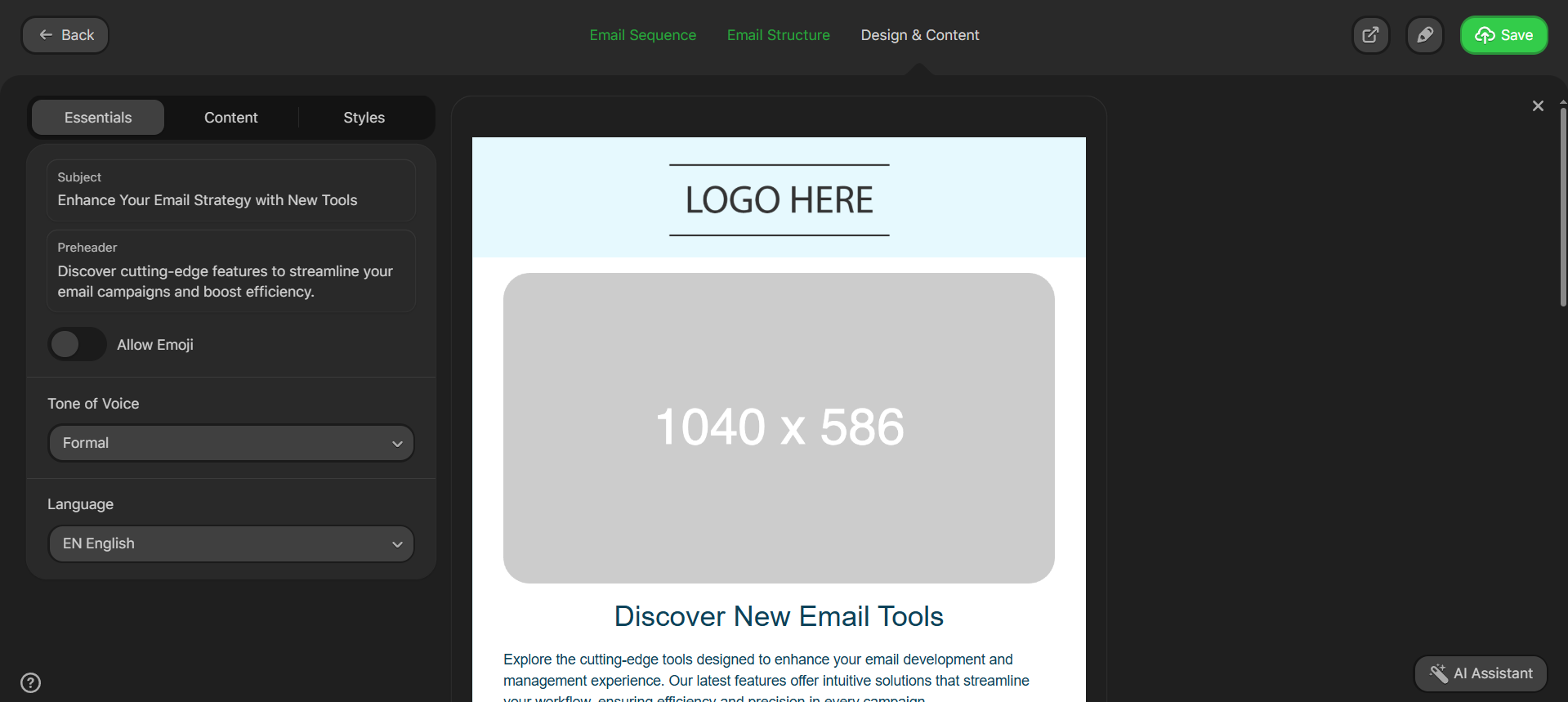
Important note: Keep in mind that the AI Assistant is in the Beta stage, so some features may not work as intended. This tool is in active development, and more features will be added to make it the most robust AI email generator for you.
Wrapping up
Even though the name of the article has a “vs.” abbreviation, clashing snippets and modules against each other is not really fair. The thing is, without snippets, there are no modules. As the whole way of designing emails evolved, so did the snippets. They gained advanced features to make the most out of its basic features for saving and reusing email elements.
Bulk updates provide fast tweaking of multiple emails. Smart modules allow you to upload data into a module in a few clicks. Dynamic content provides a high degree of personalization, while support for interactivity opens new horizons for making emails more engaging. In addition, modules are very important in AI-powered email generation. Therefore, we are intrigued to see where this module road takes us next.
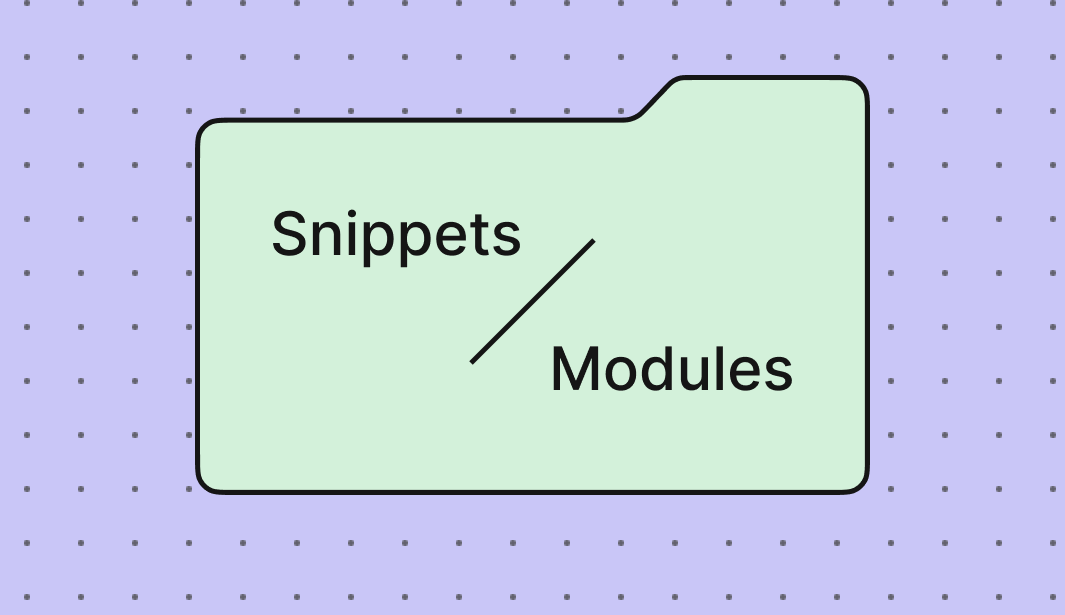


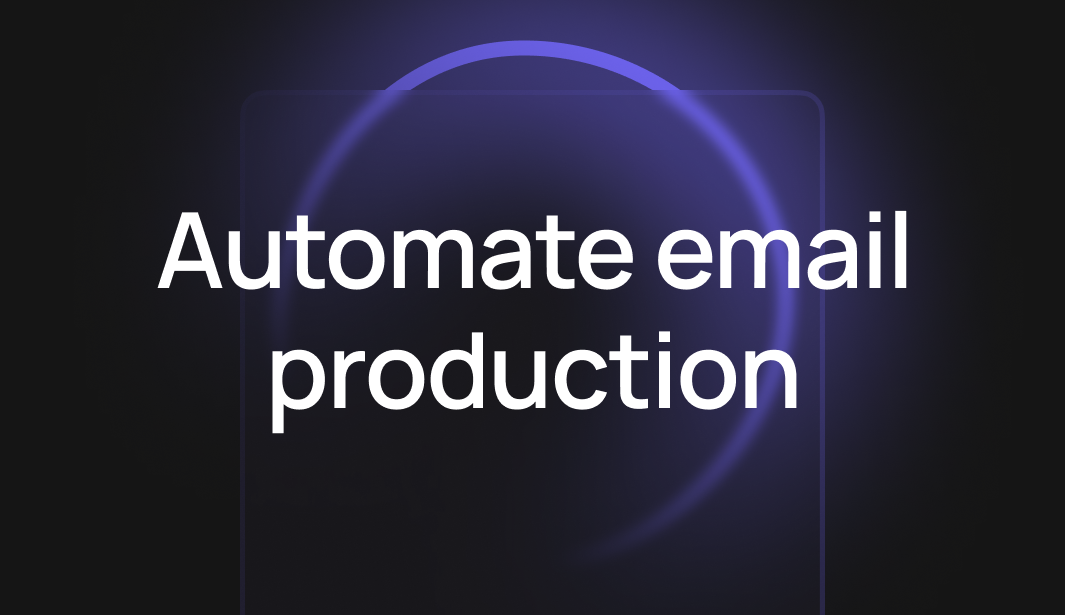

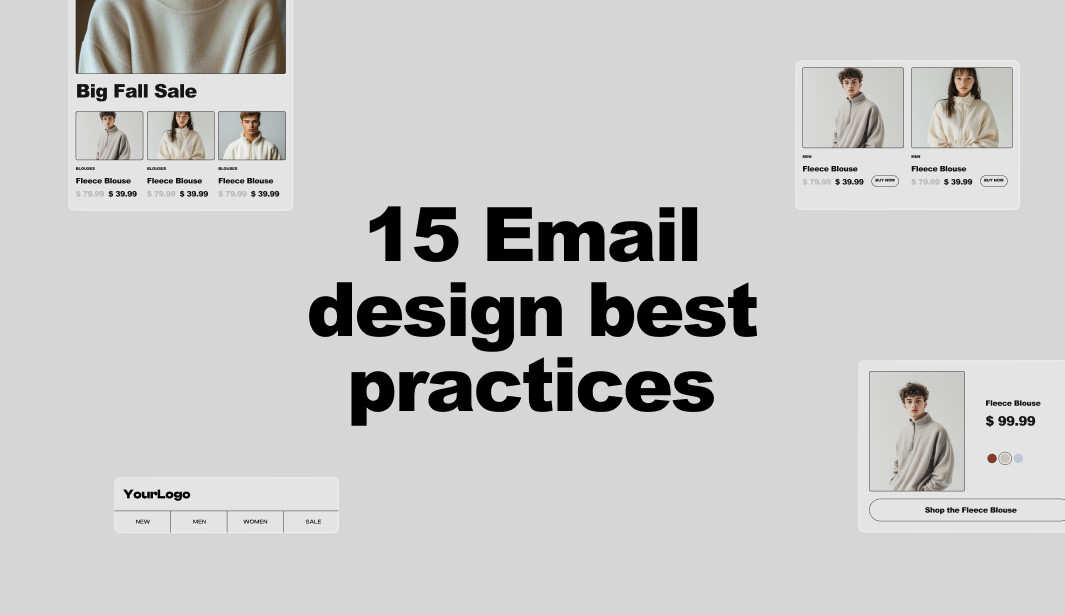

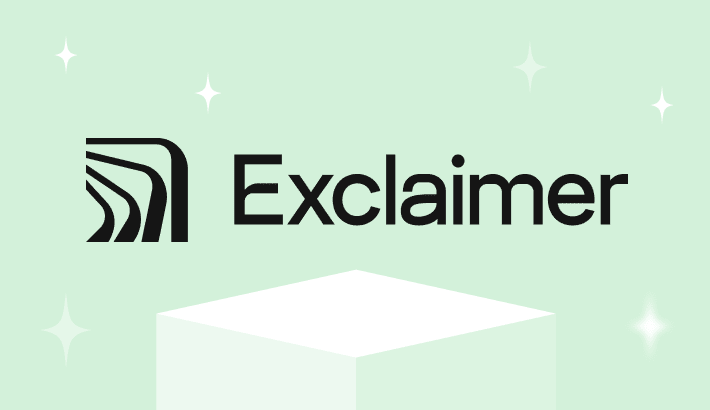
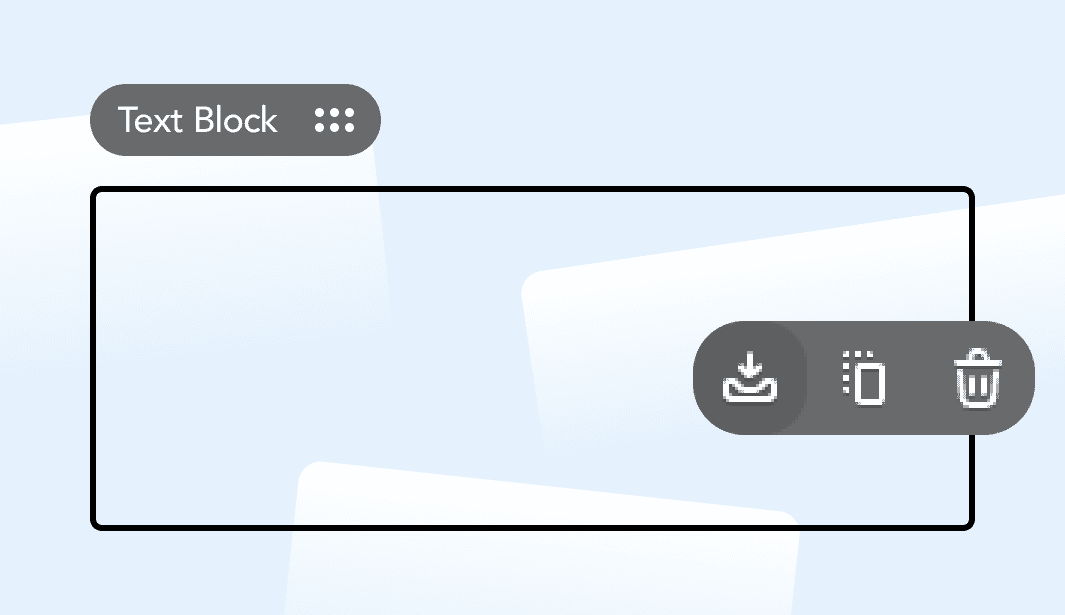
0 comments